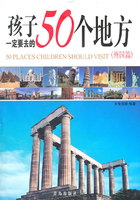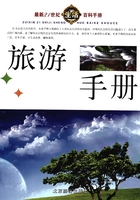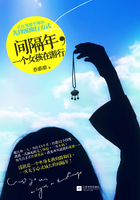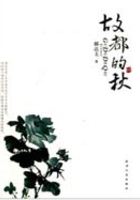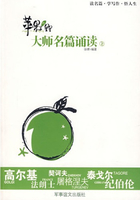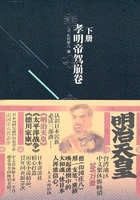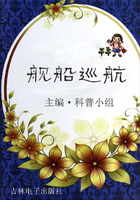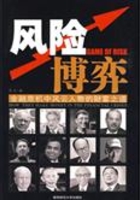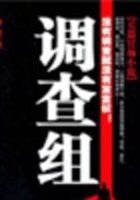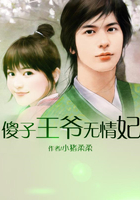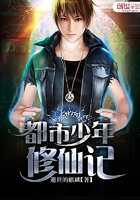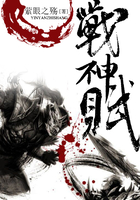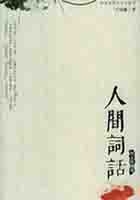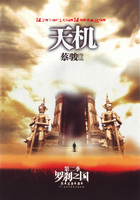Sichuan Opera is the major form of local opera in Southwestern China, popular in Sichuan, Yunnan and Guizhou provinces. It appeared around the middle of the Qing Dynasty, and it has adapted four major melodic forms. One is kunshan Tune (昆腔), which originated in the southern Yangtze Basin and was later imported to Sichuan. It sounds gentle, clear, and fluent.
The second is huqing Voice (胡琴), a voiced form that derives mainly from the xipi (西皮腔) and erhuang (二黄腔) melodic families of Huiju Opera in Hubei Province.
The third is tanxi (弹戏), one of the oldest forms of opera in China. During the Ming Dynasty, it appeared in Shaanxi, Hunan and other areas. As it was introduced into Sichuan, local people called it Chuanbangzi Opera (川梆子). Chuan means Sichuan; bangzi indicates wooden clapper with bars of unequal length, which is used as an accompaniment to produce a strong rhythm in harmony with the clear, loud voices of the Chuanbangzi Opera.
The last one is gaoqiang (高腔), a high-pitched singing style. It is the most highly known style among the multi-tunes of Sichuan Opera. Its solo vocal range extends beyond the eight-bar music scale, and its melodic ornamentation sounds both elegant and energetic. Its high-pitched tune usually has no stringed accompaniment. Its solo vocalization moves quickly up or down the scale and skillfully gives a throbbing effect and embellishments to the tones. Sparse rhythmical emphasis from the wooden clappers usually accompanies the high-pitched melody, and choral effects from the band either repeats or elaborates on what the solo melody sings.
Notes:1)adapt改编;2)vocal歌唱的;3)energetic精神饱满的;4)throb有节奏地震动;5)embellishment装饰
10.川剧变脸是怎么回事?
What is the face-changing performance in Sichuan Opera?
In Sichuan Opera, some characters suddenly show their magical power by quick changes of facial patterns without makeup, jumping through burning hoops and hiding swords. Among these magic tricks, the face-changing is the most popular. An actor playing a bandit may change his faces nine times, each time to escape pursuers, and an evil sorcerer changes his face with his moods.
The face-changing is bianlian in Chinese, and it is an important intangible cultural heritage. Only a few masters have grasped this skill. They know how to change masks magically in quick succession. As they flourish their arms and twist their heads, their painted masks change again and again and again.
Face-changing got its start 300 years ago. At the beginning, actors changed the color of their faces during performances by blowing into a bowl of red, black or gold powder. The powder would adhere to their oiled skin quickly. In another method, actors would smear their faces with colored paste concealed in the palms of their hands. By the 1920’s, actors began using layers of masks made of oiled paper or dried pig bladders. They could peel off one after another in the blink of an eye. At present, actors use full-face, painted silk mask. They can be worn in layers, as many as two-dozen thick, and be pulled off one by one.
Notes:1)hoop箍状物;2)bandit强盗;3)sorcerer巫师;4)intangible难以确定的;5)heritage继承物;6)magically不可思议地;7)succession一连串;8)smear涂抹;9)conceal隐蔽;10)bladder囊状物
11.什么是皮影戏?
What is Chinese Shadow Play?
Chinese Shadow Play is also known as Chinese Shadow Puppets. Originated in the Han Dynasty, the play became quite popular as early as the Song Dynasty. In the Ming Dynasty, there were 40 to 50 shadow show troupes in the city of Beijing alone. In the Qing Dynasty, the shadow play came to maturity in Chengdu. They mainly existed in counties across Western Sichuan, with Chengdu as its centre. Folk artists usually call it the“Chengdu shadow act under the leather lamplight.”Zhou Xun (周询) of the Qing Dynasty said,“The shadow play exists everywhere in China. However, the ingenious and exquisite workmanship in other places is not comparable to that of Chengdu (灯影戏各省多有,然无如成都之精备者).”
Chinese Shadow Play combines storytelling and entertainment, and demonstrates the style of harmony and exaggeration. In addition, it presents a unique artistic charm due to the fact that it has merged traditional forms of paper-cut, mural painting, stone carving, operas, music, etc.
The shadow puppets are brightly painted leather figures. Each puppet’s trunk, head, and limbs are separately carved but joined together by thread so that each puppet part can be manipulated by the operator to simulate human movements. A talented operator can make puppet figures appear to walk, dance, fight, nod or laugh.
The“stage”for the shadow play is usually a white cloth screen on which the shadows of puppet figures are projected. Operators are all under the stage, manipulating rods that support separate parts of each puppet figure. A traditional puppet figure has six or seven parts supported by two or three rods. Sometimes one operator can skillfully manipulate more than three puppets at the same time.
Today, puppets are used to tell dramatic versions of traditional fairy tales and myths. In Gansu province, it is accompanied by Daoqing music; while in Jilin, it shows to the accompaniment of Huanglong music form and some of the basis of modern opera.
Notes:1)troupe剧团;2)lamplight灯光;3)ingenious巧妙的;4)workmanship技艺;5)storytelling说故事;6)exaggeration夸张;7)woodblock木版;9)intricately复杂地;10)manipulate操纵;11)simulate模拟;12)nod点头;13)to the accompaniment of在……伴奏下

